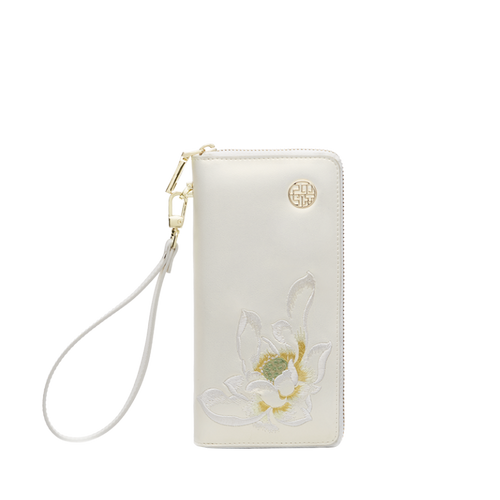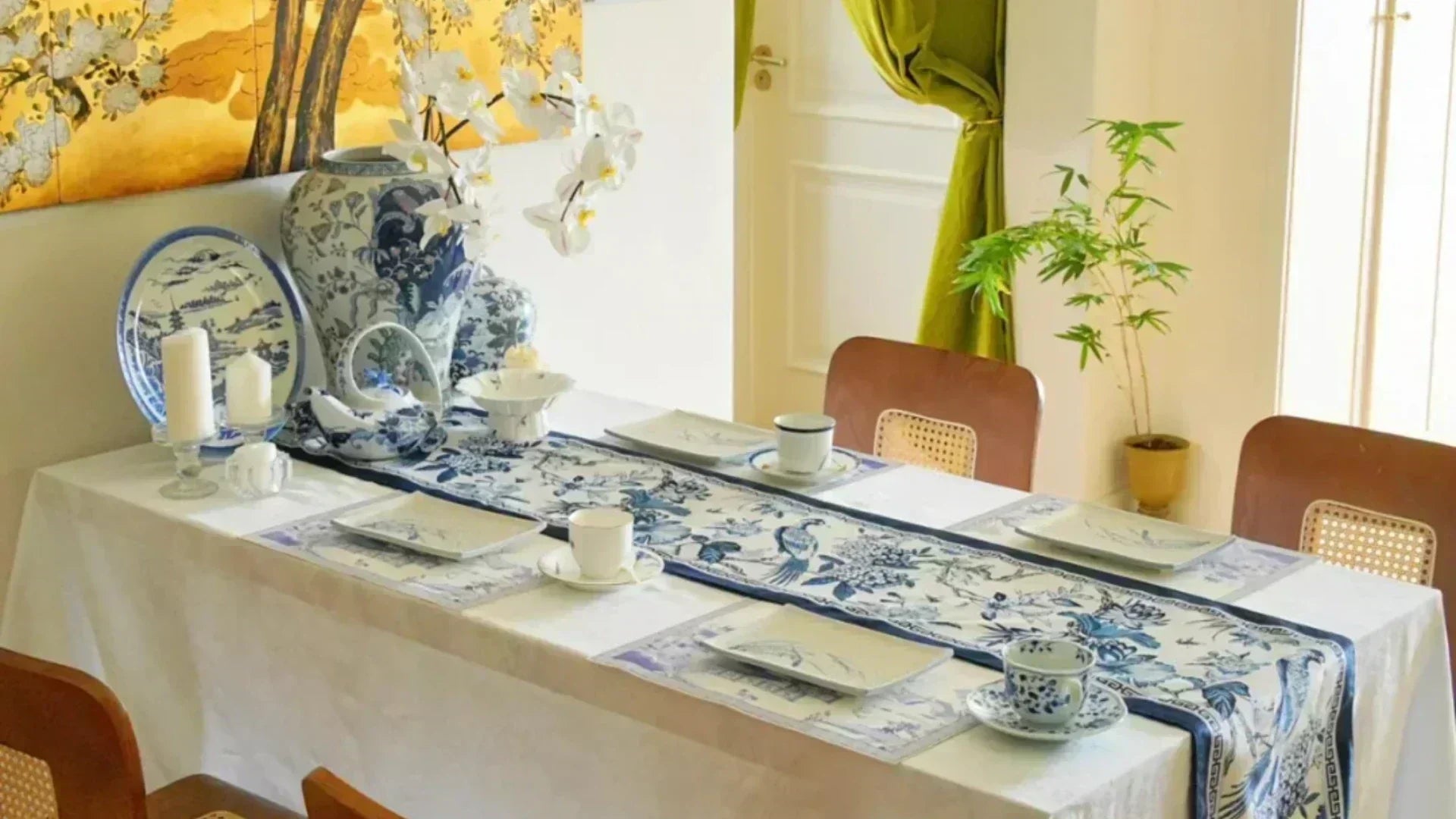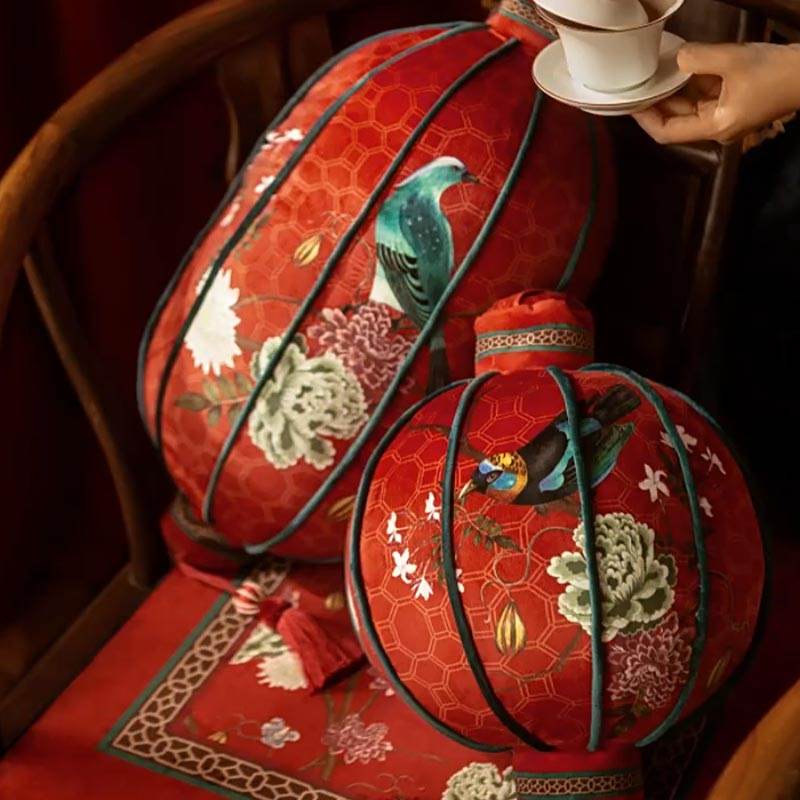From Ancient Vine to Powerful Symbol: Unlocking the Secrets of the Hulu (葫芦)
In the rich tapestry of Chinese culture, few objects are as humble yet profoundly significant as the Hulu (葫芦 or 葫蘆). Pronounced "hú lú," it is the Chinese word for a bottle gourd, but its story transcends its simple, organic origins. For thousands of years, Chinese people have placed gourds in their homes, not just as tools, but as powerful talismans to ward off evil and invite blessings of luck, longevity, and protection.
But why does this curious, figure-eight-shaped gourd hold such an esteemed place in Chinese heritage? This guide will delve into the profound meaning and symbolism of the Chinese Hulu gourd, journey through its 9,000-year history, and explore its vital role in art, philosophy, and the timeless tradition of gift-giving.
The Rich Significance of Gourds—Auspicious Symbols in Chinese Culture
The power of the Hulu comes from a rich tapestry of linguistic puns, physical attributes, and legendary tales. Its layers of meaning make it one of the most versatile symbols of good fortune.
-
Prosperity & Good Fortune (福禄 - Fú Lù): This is the most famous meaning. The pronunciation "hú lú" sounds remarkably similar to "fú lù," which means "fortune and wealth." To have a Hulu is to hold a wish for prosperity and a smooth career path.
-
Health and Longevity: In ancient times, gourds were used by doctors to carry medicine. Taoist deities, like the Immortal Li Tieguai, were said to carry magical elixirs in their gourds. Consequently, the Hulu became a powerful symbol of healing, believed to absorb negative, illness-inducing energy (qi).
-
Family Prosperity & Many Descendants: The Hulu has long, sprawling vines and contains many seeds, naturally symbolizing a large and prosperous family with many children and blessings.
-
A Powerful Evil-Warding Charm: In Feng Shui and folk beliefs, the gourd's unique shape is thought to trap and contain negative energy, making it a potent protective charm for the home.
-
Pure Love and Marital Bliss: The delicate, white flowers of the gourd vine symbolize purity and harmony. In ancient times, two halves of a single gourd were sometimes used as nuptial cups in wedding ceremonies to convey wishes for a happy union.
-
A Symbol of Knowledge & Culture: Beyond tangible blessings, the Hulu is also associated with wisdom and cultural wealth, appearing widely in traditional Chinese arts and crafts as a muse for scholars and artisans alike.
A Journey Through Time: The 9,000-Year History of Gourd Culture in China
1.Ancient Period
- Origins and Symbolism: Also known as bottle gourd(Hulu 葫芦), its origins trace back to the Neolithic era, used as food and containers, symbolizing fertility and vitality.

2.Xia, Shang, and Zhou Dynasties
- Religion and Rituals: Gourds (Hulu 葫芦)held significant roles in ceremonies, symbolizing the connection between heaven and earth, with records found in oracle bones.
- Practical Uses: Gourds(Hulu 葫芦) were made into containers for water and wine due to their practicality.

3.Spring and Autumn, Warring States Periods
- Philosophical Thought: In Daoism, gourds symbolize “emptiness and inclusiveness,” showing their wisdom significance in Laozi’s writings.
- Literary References: The Book of Songs contains mentions of gourds, reflecting their popularity and use.
4.Qin and Han Dynasties
- Medicinal Uses: Documented for their medicinal value in herbal texts, used to treat various ailments.
- Artistic Decoration: Became important elements in murals and pottery.
5.Wei, Jin, and Northern and Southern Dynasties
- Religious Syncretism: Following Buddhism’s arrival, gourds became significant symbols in Buddhist culture.
- Scholarly Interest: Gourds became popular among scholars and artists, symbolizing leisure and good fortune.
6.Tang and Song Dynasties
- Literary and Artistic Importance: Many poems from these periods celebrate gourds, highlighting their place in scholarly life.
- Craftsmanship Development: Techniques such as gourd carving and painting flourished.

7.Yuan, Ming, and Qing Dynasties
- Folk Beliefs: Gourd(Hulu 葫芦) gained further prominence in folk beliefs, often used to ward off evil, like in the tales of the Eight Immortals.
- Peak of Craftsmanship: Numerous famous gourd art pieces emerged, showcasing artisans’ high skills.

8.Modern Era
- Cultural Transmission: Gourd(Hulu 葫芦) culture persists, with gourd carving and cultivation remaining popular.
- Contemporary Applications: Gourds(Hulu 葫芦) are crafted into decorative items, instruments (like hulusi), and health products, finding a place in modern life.
Contemporary Era
- Cultural Revival: The revival of traditional gourd culture includes festivals and exhibitions.
- Innovation and Development: Modern technology and art combine to breathe new life into gourd culture, leading to innovative gourd art forms.

The Hulu as a Perfect Gift: Chinese Gift-Giving Culture
Given its rich layers of auspicious meaning, the Hulu plays a vital role in traditional Chinese gift culture. It is an ideal gift for expressing blessings and goodwill.
-
For a Birthday (especially for an elder): Gifting a Hulu-themed item conveys sincere wishes for health and longevity.
-
For a Housewarming: A Hulu charm or decoration is a perfect gift to wish the family protection, happiness, and prosperity in their new home.
-
For a Wedding: It symbolizes a blessing for the couple to have many children and a harmonious life together.
Conclusion: A Timeless Symbol of Blessings
The Chinese Hulu gourd stands as one of the most enduring symbols in traditional Chinese culture. From its ancient origins as a life-sustaining plant to its role as a vessel of magic in mythology and a bearer of blessings in daily life, its influence is profound. Understanding gourd culture is to understand a key piece of Chinese heritage. At SinoCultural, we are inspired by such powerful symbols. We weave their stories and blessings into our handcrafted collections, ensuring this valuable cultural legacy is integrated into contemporary life. Choose your Chinese gifts in SinoCultural, and share a story that has been cherished for millennia.
At SinoCultural, we are inspired by such powerful symbols. We weave their stories and blessings into our handcrafted collections, ensuring this valuable cultural legacy is integrated into contemporary life. Choose your Chinese gifts in SinoCultural, and share a story that has been cherished for millennia.
FAQ: Your Questions About the Chinese Hulu Gourd Answered
-
What is the meaning of "葫芦 (Hulu)" in English?
"Hulu" (葫芦) is the Chinese Mandarin word for "bottle gourd." However, its cultural meaning translates to powerful symbols of luck, prosperity, health, and protection. -
What's the difference between the Hulu symbol and the Hulu streaming service?
They are completely unrelated. The Hulu streaming service's name was chosen because it sounds like the Mandarin word for a "holder of precious things." Our article discusses the traditional Chinese cultural symbol of the gourd. -
Is the Hulu gourd edible?
While some young varieties of bottle gourd are edible and used in Chinese cuisine, the gourds dried for Feng Shui, charms, or decoration are typically mature, hard-shelled, and not meant for consumption. -
Why is the Hulu gourd considered a lucky charm?
Its luckiness comes from its name sounding like "Fú Lù" (福禄 - fortune and wealth), its association with healing and protection in mythology, and its many seeds symbolizing abundance and fertility.





































